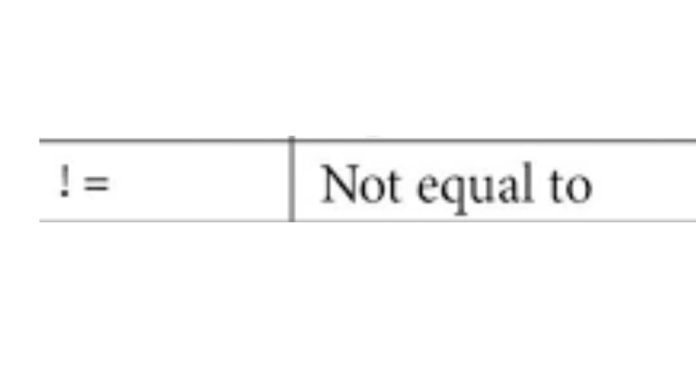In Python, the not equal operator is represented by !=. It is used to compare two values or expressions and returns True if they are not equal and False if they are equal.
Syntax:
python
value1 != value2
Example:
python
x = 10
y = 5
print(x != y) # Output: True
a = “apple”
b = “apple”
print(a != b) # Output: False
How It Works:
– The != operator compares the values of x and y. If they are not the same, it returns True, otherwise False.
– It can be used with various data types such as integers, strings, lists, etc.
Use Case:
The != operator is commonly used in conditions such as if statements or loops to check whether two values differ, helping to control program flow based on inequality.


